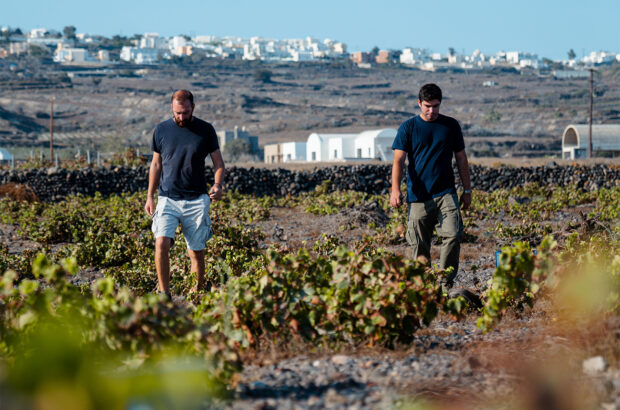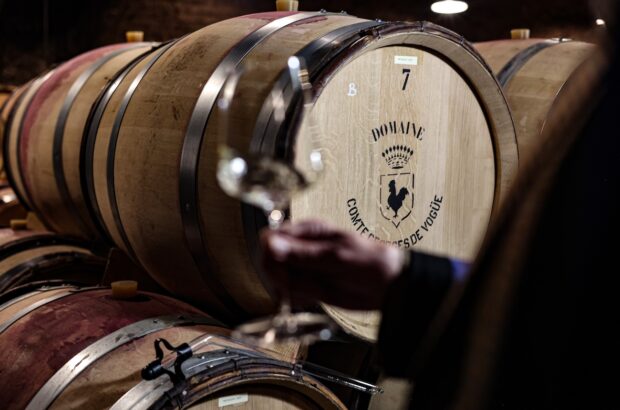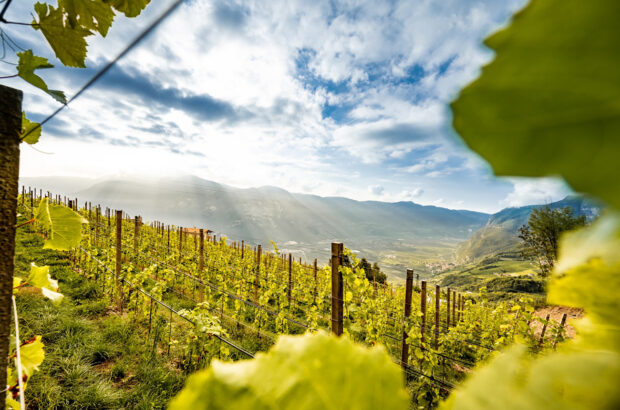A study on nearly 50 European wines from several countries found many bottles contained traces of ‘forever chemical’ compound TFA, or trifluoroacetic acid, said non-profit group Pesticide Action Network (PAN Europe).
While levels varied, PAN Europe policy officer Salome Roynel said findings were ‘a clear wake-up call for the EU’, amid growing regulatory scrutiny of TFA’s presence in the wider environment and food chain.
TFA is formed via the breakdown of other forever chemicals known as PFAS. Sources are thought to include some pesticides, as well as F-gases, which are used in refrigeration and air conditioning.
Last year, the European Food Safety Authority (EFSA) said it was reviewing ‘health-based reference values’ for TFA. While it has not historically been considered a health hazard, the compound has been linked to possible reproductive health issues.
European wine industry body CEEV said the PAN Europe study’s sample size was limited, and that the report said TFA contamination had also previously been found in many water sources.
It added, however: ‘The presence of TFA in the environment is indeed a societal and environmental concern that merits serious and global consideration. The wine sector shares this concern and is committed to contributing constructively to the discussion.’
PAN Europe said several wines in its study contained traces of TFA above levels previously detected in surface and drinking water.
It tested 10 Austrian wines from vintages spanning 1974 to 2015, and found no TFA traces in bottles predating 1988.
It also tested 39 wines from several European countries produced from the 2021 to 2024 vintages. These contained average TFA levels of 122 micrograms per litre (μg/L), although trace amounts varied widely, said the study.
It also found ‘a possible association’ between elevated pesticide residues in some wines and higher trace amounts of TFA, although industry body CEEV questioned the strength of this correlation.
Helmut Burtscher-Schaden, environmental chemist at Austrian environmental organisation GLOBAL 2000, and initiator of the study, said the findings indicated, ‘We are likely ingesting significantly more TFA through our diet than previously assumed.’
PAN Europe’s report called for a ban on PFAS pesticides and F-gases, a comprehensive monitoring programme for TFA in foods and a precautionary regulatory approach to acknowledge ‘significant toxicological data gaps’.
The CEEV said it ‘stands ready to collaborate with EFSA in the context of its ongoing revision of toxicological reference values for TFA. We fully support the establishment of clear, science-based risk assessments and regulatory approaches.’
It added, ‘The wine sector is fully committed to sustainability, and this commitment is clearly reflected in the significant reduction in pesticide use and the steady expansion of organic vineyard acreage across Europe.’







